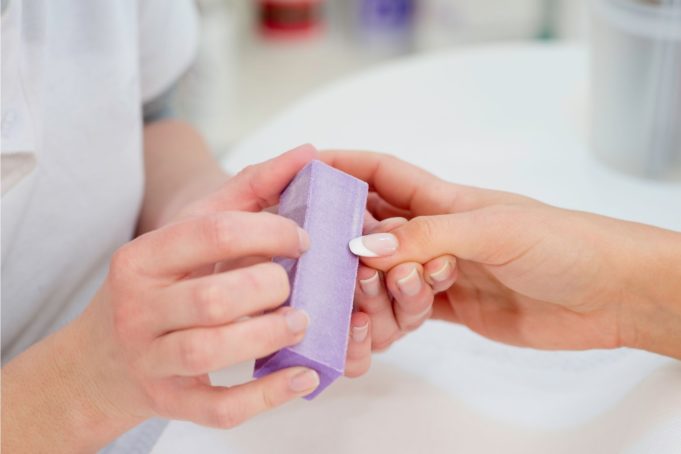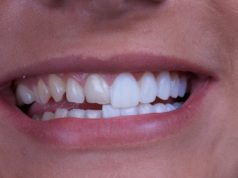A healthy nail care routine should include several steps, one of which is buffing the nails. A quality nail buffer kit can strengthen your nails, and make them grow healthier. If you do not have a nail buffer in your self-care kit, you should definitely get one. Why is a nail buffer so important, and can it help your nails? Here are the answers.
What is a nail buffer?
If you have ever been to a nail salon, you have probably noticed that the nail technician uses several nail-care tools. One of the most important tools is the buffer – which, as its name suggests, is used to buff the nails.
Unlike a nail filer, which is elongated and has two sides, a buffer is usually a four-sided tool. Each side has a “grit” level, which is the harshness level of the buffer. The smaller the grit, the coarser the nail buffer. There are nail buffers that are used by professionals, and buffers that are suitable for home use. Each grit has its job, and here are the most common grit levels:
80/80 buffer grit
The coarsest nail buffers, that are used to remove products from nails. If you have gel nail polish or adhesives, a nail technician will use this grit to buff out residual adhesives and nail polish.
100-grit
Another coarse nail grit, that is used to buff and shape fingernails and toenails.
120-grit
A gentler buffer that is mainly used to shape nails and buff them.
150-grit
This one is used to file the top layer of the nails, and to gently shape nails.
180-grit
Is used to contour the nails. suitable for prepping the nails for nail polish and other nail care products.
240-grit
The gentlest buffer, which is used to prep the nails for the application of products.
If you want to use buffers at home, you should choose ones that have a grit level of 120 or higher. Using a coarser buffer, without the proper training for it, could leave your nail too thin and vulnerable.
How often should I buff my nails?
A nail buffer kit can help you get healthy and strong nails. One of the key routines to keeping healthy nails is buffing and trimming them. When you buff the top layer of your nails, you remove stains, nail products, dead cells, etc. It is similar to exfoliating your face; buffing nails reveals a new surface.
So, how often should you buff your nails? the general recommendation is no more than once a week. As we said, over-buffing nails could leave them weak and thin. This will results in nail breakage, and can also make your nails more susceptible to fungal and bacterial infections.
How to properly buff your nails?
You can easily buff your nails at home. To get the best results, you need a professional nail kit, and you should definitely try the one by TrySprig. The pro nail buffer kit includes a professional-grade nail filer and a four-sided nail buffer. When the buffer is no longer usable, you can easily renew it with the replacement strips in the kit. Also, TrySprig includes an all-natural cuticle conditioner that heals nail damage.
So, how should you buff your nails? here are the steps:
- Clean your nails: wash your hands with soap and lukewarm water. Then, dry your hands and fingernails thoroughly.
- Remove residual nail polish (if you are wearing nail polish)
- Trim your nails to the length you want
- File your nail tips
- Clean your nails with medical-grade alcohol; soak a cotton pad in alcohol, and rub it on all your fingernails. This will remove dirt and stains from the nails.
- Buff your nails: start with the coarsest side of the nail buffer. When you buff your nails, only do it in one direction: left to right, or vice versa. Going back and forth will weaken the nails. Go up in grit levels, and buff your nails a few times.
- Use a cloth or a cotton pad to remove nail extract. Apply a cuticle conditioner
That’s it. In just several minutes you can care for your nails right at home. Buff your nails from time to time to keep them shiny and healthy, and complete the treatment with a pro nail kit.












